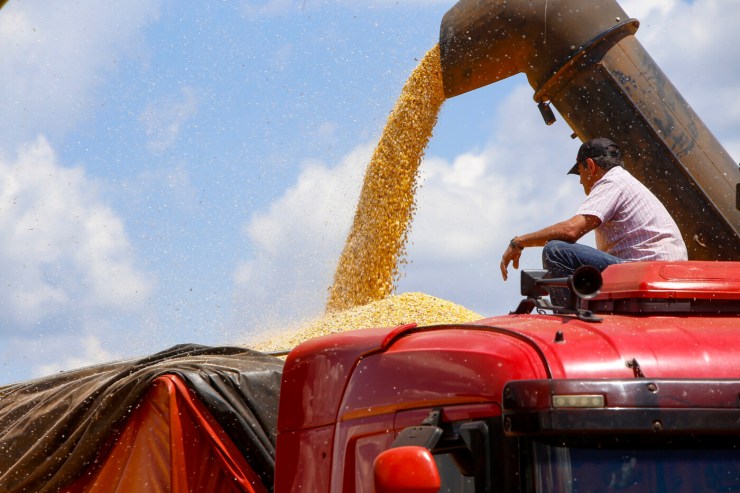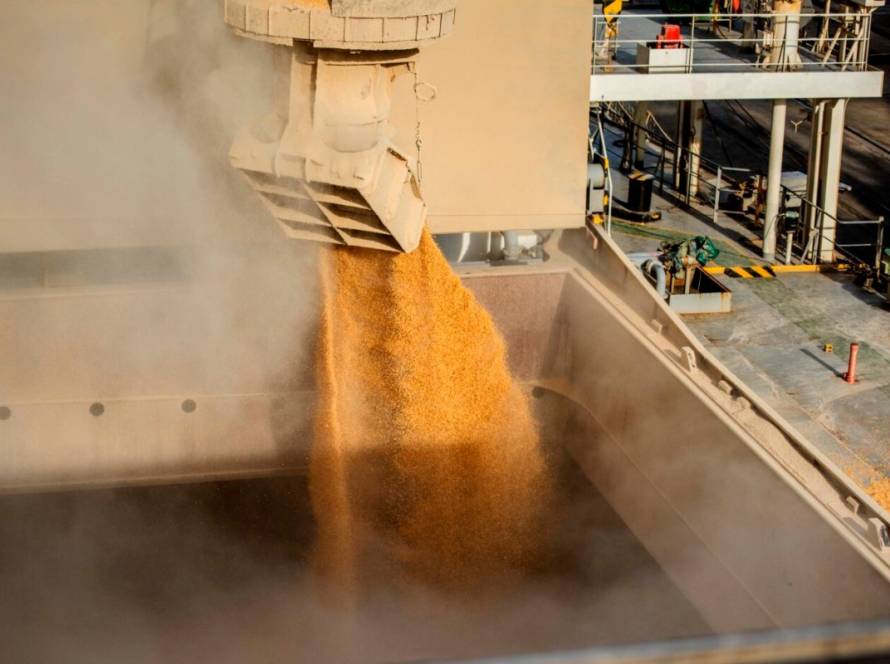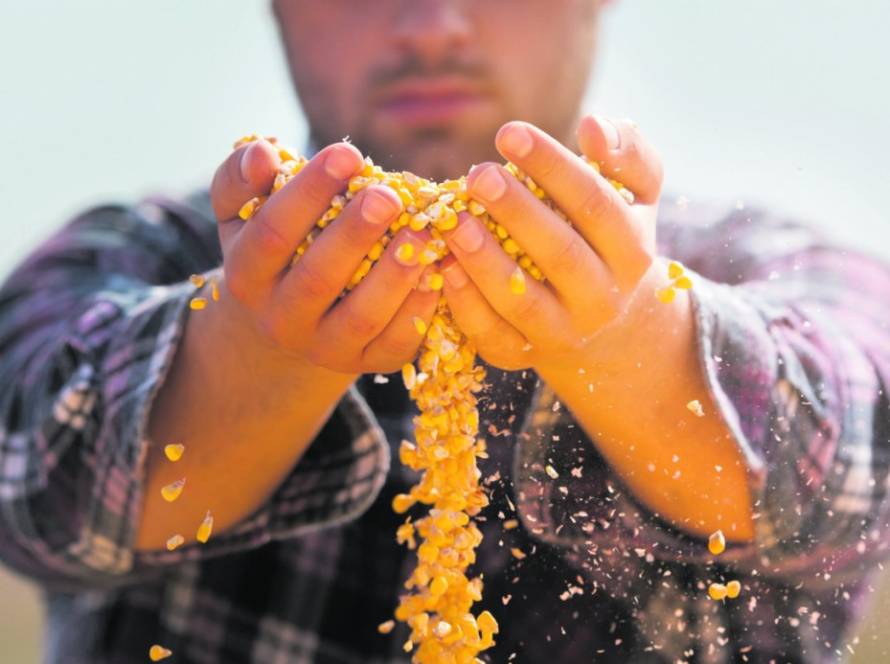Corn prices fell both on the international and domestic markets during the month of May, reflecting the progress of the harvests and the weather conditions in the main producing regions. The June Monthly Agro Bulletin from the Itaú BBA Agro Consultancy highlights that, despite the good planting pace in the United States and the favorable weather conditions for crops, the price of the cereal fell 5.2% in Chicago, closing the month at US$ 4.50 per bushel. In the first half of June, the downward trend continued, with corn quoted at US$ 4.40 per bushel.

Photos: Disclosure/Freepik
The weather in the North American grain belt has been predominantly positive, although there have been some isolated episodes of excess moisture. As a result, the market is turning its attention to July, a critical period in the agricultural cycle, marked by pollination and grain filling, when possible adverse weather conditions could impact production.
In Brazil, the scenario is one of sharp devaluation of domestic prices. In Sorriso, a reference municipality for the market, the price of a bag of corn fell by almost 25% in May, to R$ 51.70, and fell by another 15.3% in the first half of June, closing at R$ 43.80. The start of the second crop harvest, accompanied by cold weather and above-average rainfall — especially in Paraná — has slowed the progress of the work, which is still behind the previous year and the historical average.
Even with the delay, favorable weather conditions reinforce the expectation of a large harvest, estimated at around 105 million tons, a volume 15% higher than last season. The scenario puts downward pressure on prices, reflecting the increase in supply.
Furthermore, freight movement is already showing a positive reaction, driven by the prospect of a large volume of corn available for shipment. Harvesting work should pick up pace from July onwards in the country's main producing regions.
The combination of falling prices, expectations of a record harvest and gradual progress in the harvest paints a dynamic picture for the corn market, which will continue to monitor climate and logistical developments in the coming months.





